Human, all too human
The New Objectivity at the Lenbachhaus –

In 1911, the young Otto Dix read Nietzsche’s "Human, All Too Human", a book for “free spirits” from which our exhibition takes its title. The engagement with Nietzsche’s philosophy informs Dix’s entire oeuvre, which takes an unflinching look at humankind.
Haunting portraits and depictions of social life also constitute a major subset of the Lenbachhaus’s “New Objectivity” collection. Starting in July 2014, these holdings will return to the museum’s grand stage. The experiences of the Great War radically changed how people saw the world and their fellow men. Profoundly shaken, many artists of the Weimar Republic focused on a starkly realistic rendition of reality. Their works illustrate the critical gaze with which they observed the world in the period leading up to the outbreak of World War II, a time rich in contrasts and disruptions.
At the heart of new presentation at the Lenbachhaus will be the ‘human condition,’ the vision of the human being. Works of political art, social critique, and verism will contrasted with others that affirmatively capture the spirit of the era. Portraits of the individual and pictures that probe his or her thoughts and sentiments will appear next to images of leading representatives of the era.
Works that have become iconic such as Christian Schad’s "Surgery", Rudolf Schlichter’s "Portrait of Bertolt Brecht", and Josef Scharl’s "Fallen Soldier" will once again be on display, together with art by Georg Schrimpf, Wilhelm Heise, Heinrich Maria Davringhausen, and Franz Radziwill. The presentation will be rounded out by pictures by Erna Dinklage, Herbert Ploberger, and Helmut Kolle that have not been on public display in a long time. The exhibition will also feature paintings by Karl Hubbuch as well as a selection of drawings by the artist recently donated to the museum. Several newly restored pictures, including Alfred Hawel’s "Self-Portrait as Group Picture", will be presented for the very first time. Two major works by the most important representatives of verism, Otto Dix and George Grosz, generously given to the museum on permanent loan, close a gap in our collection.
Curated by Karin Althaus
Works
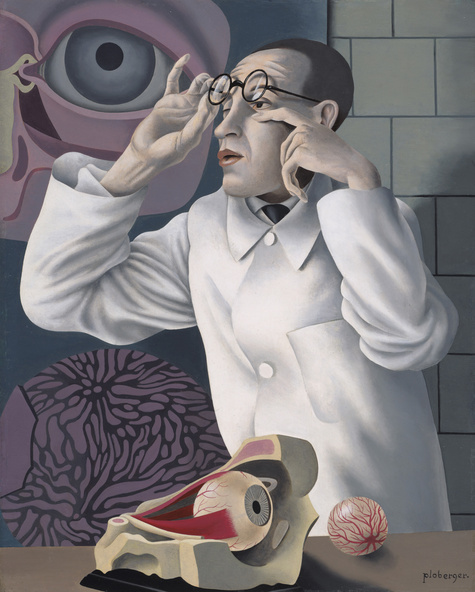
Herbert Ploberger
Porträt eines Augenarztes, um 1928/1930
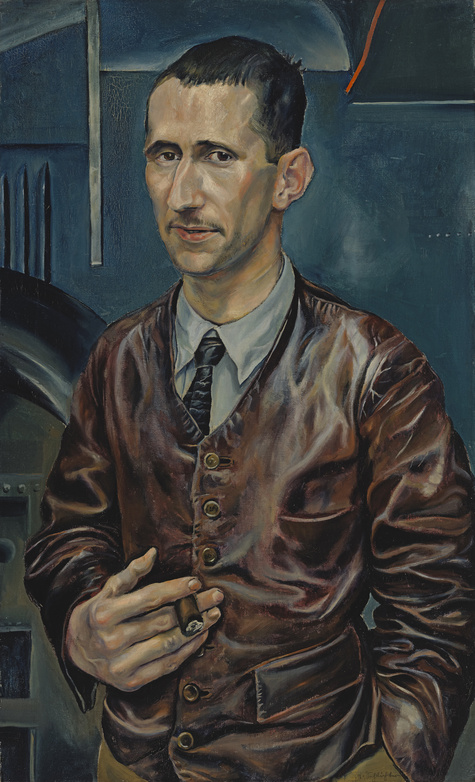
Rudolf Schlichter
Bertolt Brecht, um 1926
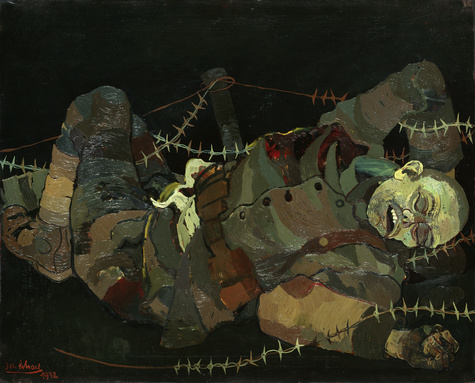
Josef Scharl
Gefallener Soldat, 1932
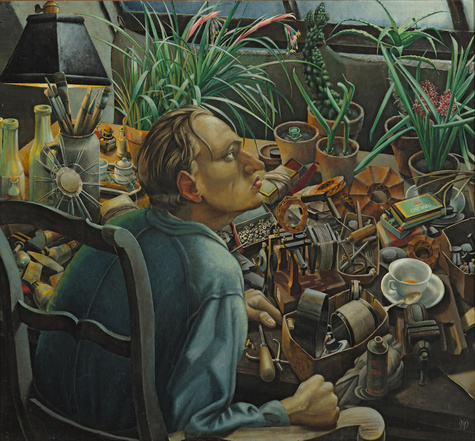
Wilhelm Heise
Verblühender Frühling, 1926
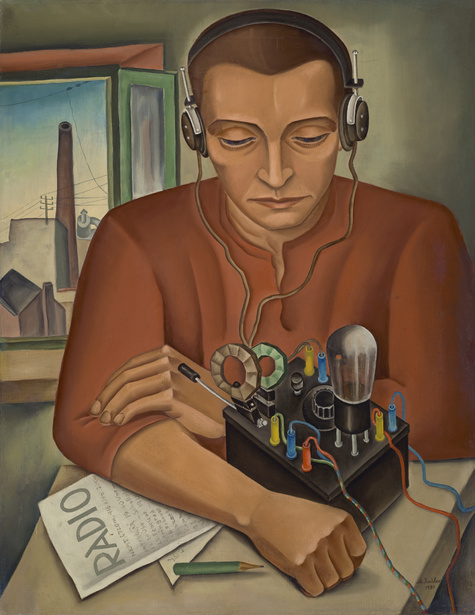
Max Radler
Der Radiohörer, 1930
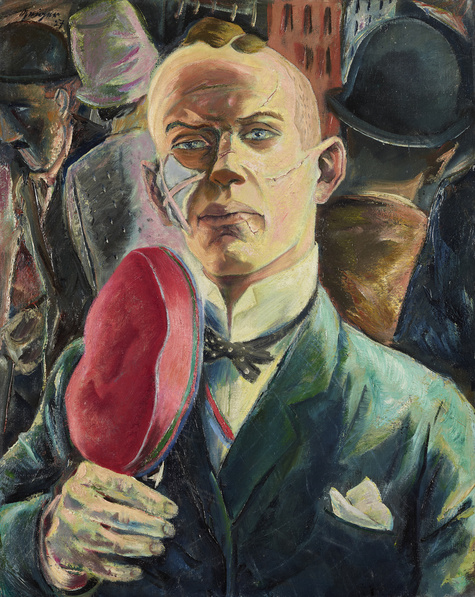
Willi Geiger
Der Korpsstudent, 1927
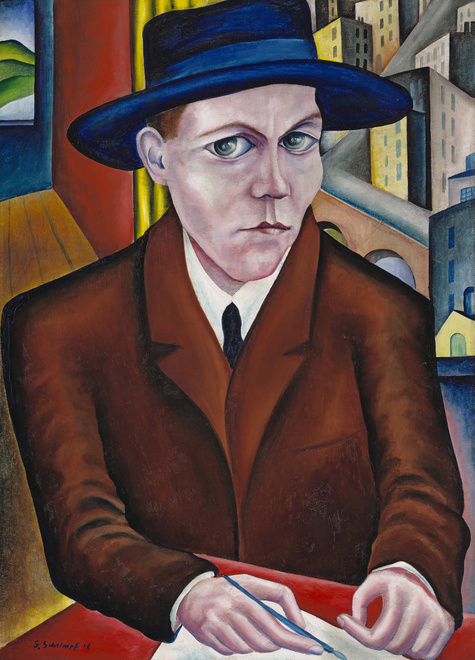
Georg Schrimpf
Oskar Maria Graf, 1918
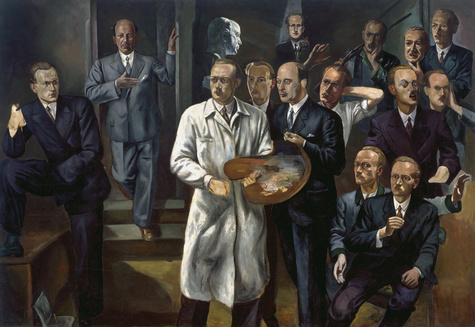
Alfred Hawel
Selbstbildnis als Gruppenbild, um 1929


